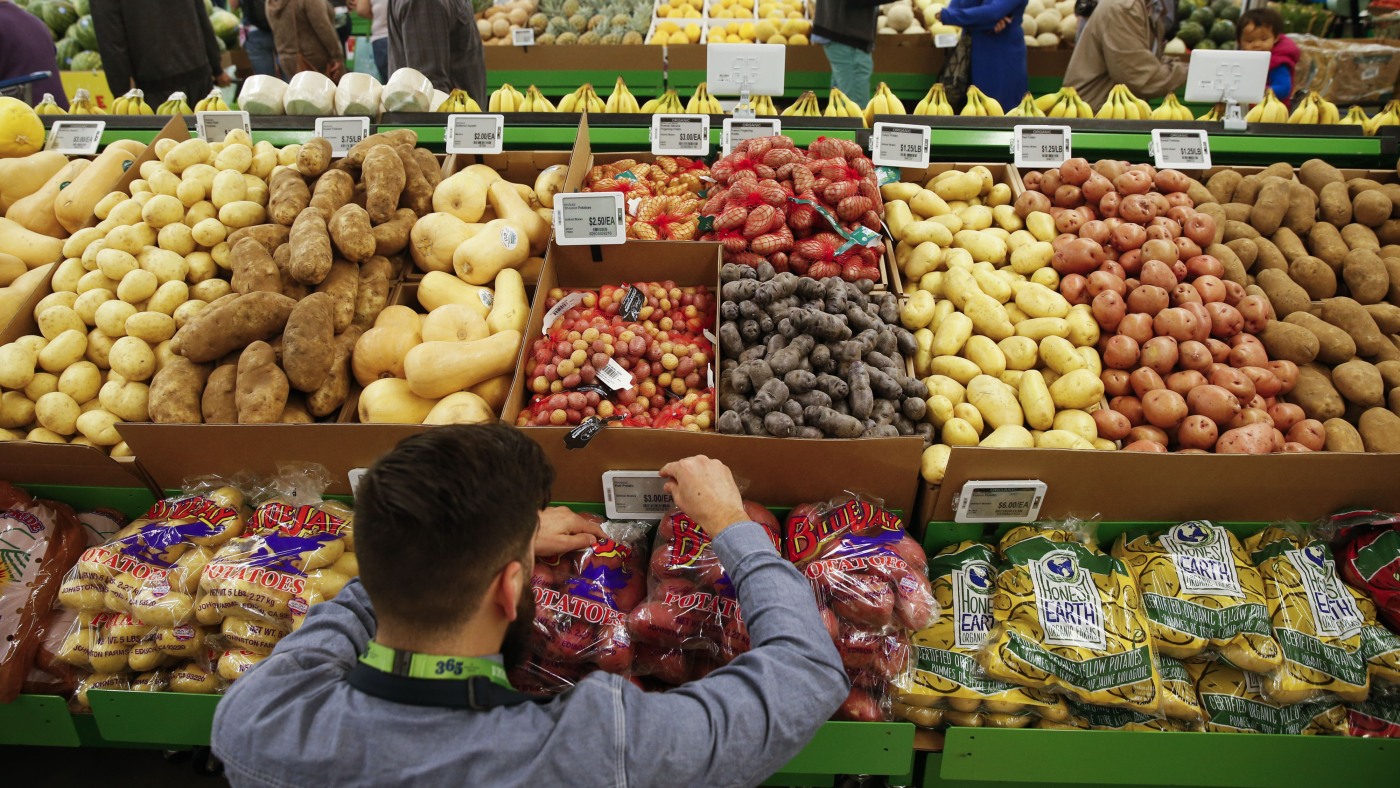Time: 2024-06-23
Sticker price tags are going out of style as more retailers and grocery stores opt for electronic shelf labels (DSLs) to streamline pricing processes. Walmart, the largest retailer globally, recently announced plans to replace traditional shelf pricing with DSLs at its 2,300 stores by 2026. This move aims to enhance efficiency, making price updates faster and improving the overall customer experience.

With over 120,000 products on shelves, Walmart employees previously spent significant time updating prices for new items and sale promotions. However, the introduction of DSLs has revolutionized the process, reducing the time required to update prices from days to minutes. This efficiency allows employees to focus more on assisting customers and less on repetitive tasks.
Electronic shelf labels also raise questions about the possibility of implementing surge pricing, a strategy popular in combating inflation. While surge pricing has faced criticism in other industries, Walmart maintains its commitment to offering everyday low prices. The company emphasizes that DSLs are intended to simplify price updates for new products and sales items, aligning with its pricing strategy.
Walmart is not alone in adopting electronic shelf labels, as other major grocers like Whole Foods and Amazon Fresh have already implemented the technology. The increased productivity and reduced walking time afforded by DSLs make them an attractive option for retailers seeking to optimize operations. While the ability to adjust prices quickly is a notable feature, retailers are primarily interested in enhancing customer experiences and maintaining pricing consistency across online and in-store platforms.
Retail experts suggest that electronic shelf labels offer significant benefits beyond price adjustments. They provide detailed product descriptions, allowing customers to access additional information such as sourcing details, dietary information, and product certifications by scanning barcodes. The adoption of DSLs is expected to improve the shopping experience and offer valuable insights to customers, bridging the gap between online and in-store pricing.
In conclusion, the transition to electronic shelf labels represents a significant shift in retail pricing strategies. While concerns about surge pricing persist, retailers like Walmart prioritize customer satisfaction and operational efficiency. By embracing digital innovation, retailers aim to create a seamless shopping experience while staying competitive in a rapidly evolving market.